DMM WinApex ET8102
Image may be NSFW.
Clik here to view.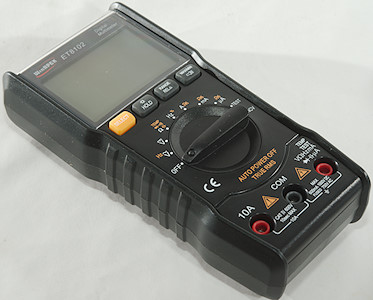
This is a fairly cheap true rms multimeter.
Image may be NSFW.
Clik here to view. Image may be NSFW.
Image may be NSFW.
Clik here to view. Image may be NSFW.
Image may be NSFW.
Clik here to view.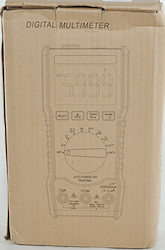 Image may be NSFW.
Image may be NSFW.
Clik here to view.
Image may be NSFW.
Clik here to view.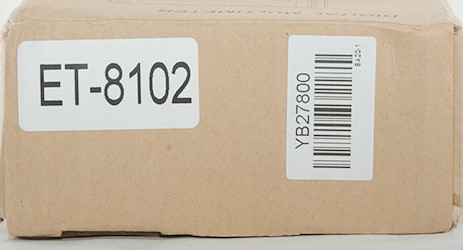
I got it in a typical cheap multimeter box, the drawing mostly match the meter.
Image may be NSFW.
Clik here to view.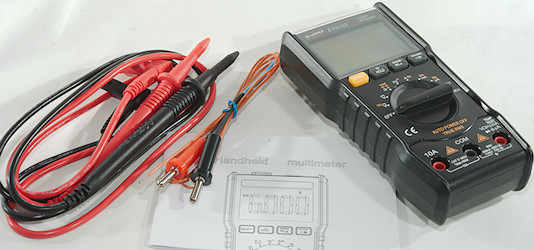
That was the meter, the probes, a thermocoupler and a manual.
Image may be NSFW.
Clik here to view.
Image may be NSFW.
Clik here to view.
Image may be NSFW.
Clik here to view.
Probes are marked CAT III, but do not have the (partial) tip covers, this means they are CAT II.
Image may be NSFW.
Clik here to view.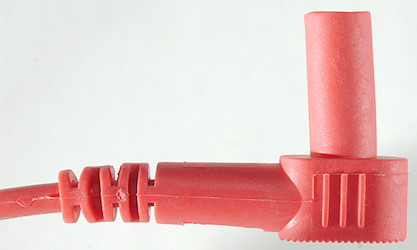
The plugs are fully shrouded, but the shroud is a bit short
Image may be NSFW.
Clik here to view.
Image may be NSFW.
Clik here to view.
The thermocoupler is the standard cheap type with banana plugs, the cable is rather thin.
Image may be NSFW.
Clik here to view.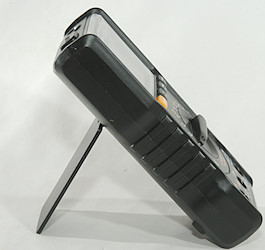 Image may be NSFW.
Image may be NSFW.
Clik here to view.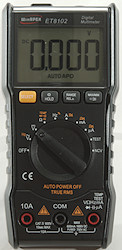
The meter is not very heavy making it difficult to turn the range switch or press buttons without the meter moving around when on tilted.
Image may be NSFW.
Clik here to view.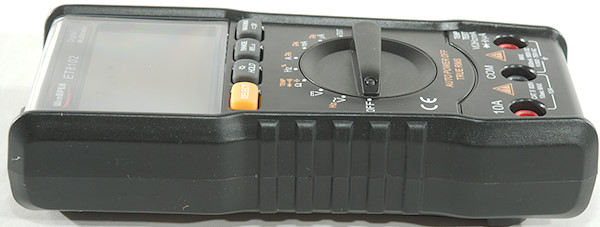
Image may be NSFW.
Clik here to view.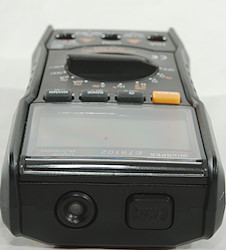 Image may be NSFW.
Image may be NSFW.
Clik here to view.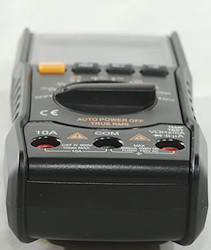
Image may be NSFW.
Clik here to view.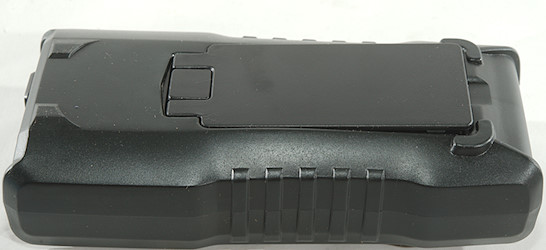
Image may be NSFW.
Clik here to view.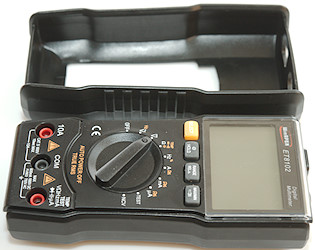
Image may be NSFW.
Clik here to view.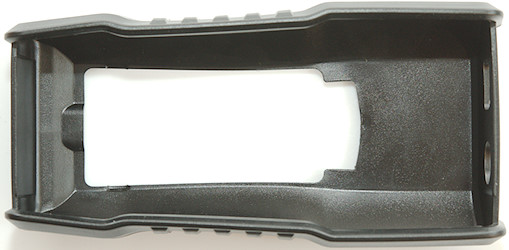
Image may be NSFW.
Clik here to view.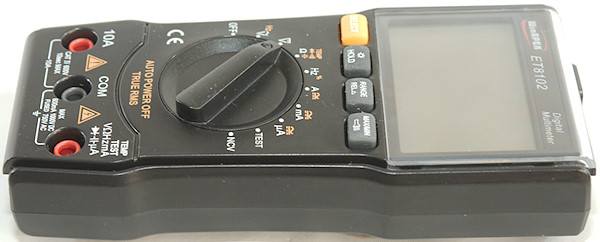
Image may be NSFW.
Clik here to view. Image may be NSFW.
Image may be NSFW.
Clik here to view.
Image may be NSFW.
Clik here to view.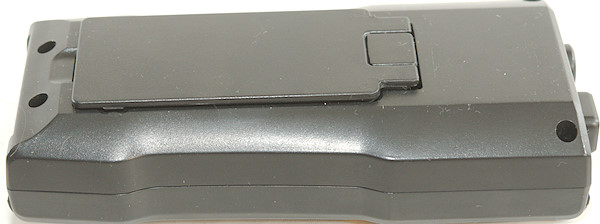
Image may be NSFW.
Clik here to view.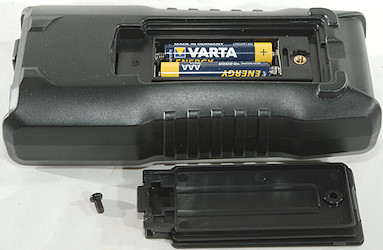
Display
Image may be NSFW.
Clik here to view.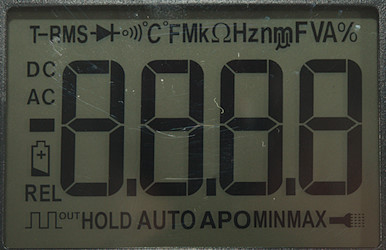
All the segments are shown during power on, but not all are used.
Image may be NSFW.
Clik here to view.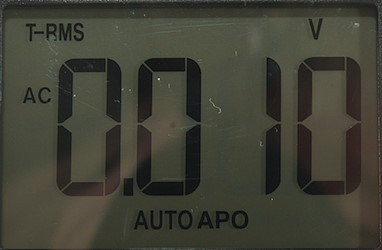
Typical display during usage, it will show the number and selected measurement
Image may be NSFW.
Clik here to view.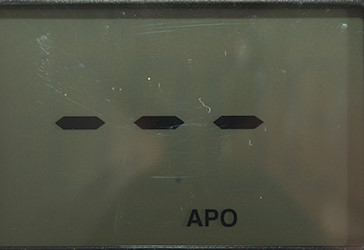
The NCV indicator, in addition to the bars the beeper will sound.
Functions
Image may be NSFW.
Clik here to view.
Buttons:
- Select (Yellow): Select DC/AC in current modes, continuity, diode, capacity, temperature in ohm mode and can also be used to show duty cycle in Hz mode and frequency and duty cycle in AC mode.
- Hold: Will freeze the display reading, until pressed again, hold down to activate the background light.
- Range, REL: Select manual range and change range, hold down to reactivate automatic ranging. In capacitance it is a REL function to zero out and offset.
- Max/min: Capture maximum and minimum values, it will change between max/min/actual, holding it down will activate flashlight.
Rotary switch:
- Off: Meter is turned off
- VAC: AC voltage and frequency/duty-cycle, the frequency input has high sensitivity and low bandwidth.
- VDC: DC voltage
- Image may be NSFW.
Clik here to view.![ohm]() : Ohm, diode, continuity, capacitance, temperature Fahrenheit, temperature Celsius
: Ohm, diode, continuity, capacitance, temperature Fahrenheit, temperature Celsius - Hz: Logical frequency input, can also show duty cycle.
- A: Ampere DC or AC
- mA: Milli ampere DC or AC
- uA: Micro ampere DC or AC
- Test: Phase detection with one connection. This will show 0 or OL in the display, OL means phase detected.
- NCV: Non-contact voltage or electric field detection.
Input
Image may be NSFW.
Clik here to view.

- 10ADC: 10A DC current input.
- COM: The common terminal for all ranges.
- xxx: All other ranges, including uA and mA.
Measurements
- Volt and frequency
- 1V AC readings is 5% down at 2.3kHz, rms will not work at that frequency
- AC frequency range with 0.1V input is from 1.1Hz to 2.5kHz
- AC frequency range with 0.1V input it can be stretched to 32kHz
- AC frequency range requires a zero crossing.
- Frequency input can handle +/-2.8V offset with 1Vrms input.
- At 1Vrms frequency input range is from 1.1Hz to 44MHz
- Duty cycle works from 1% to 99% at 100kHz with 4Vpp, precision is within 0.3.
- Max/min needs about 200ms to capture a voltage, autorange is disabled when using this function and it will not capture every max/min.
- Input impedance is 10-11Mohm on DC and AC
- Frequency input is 2-3kOhm in input impedance above 2V
- Input protection is 1000VDC/750VAC
- Frequency input is protected to 250V or 550V DC or AC peak (Both values are specified).
- 1V AC readings is 5% down at 2.3kHz, rms will not work at that frequency
- Current
- 10A range has audible alarm above 10A
- 10A range is fused with a 10A/250V 5×20mm fuse
- mAuA range is fused with a 0.6A/250V 5×20mm fuse
- Current ranges starts in DC
- Input voltage must not be more than 36VDC or 25VAC
- 10A range has audible alarm above 10A
- Ohm, continuity, diode and capacitance
- Ohm needs about 2.5s to measure 100ohm
- Ohm voltage is 1.1V open and 0.25mA shorted.
- Continuity is fast (About 20ms).
- Continuity beeps when resistance is below 50ohm.
- Continuity is 2.1V open and 0.25mA shorted
- Diode range uses 4.0V, max. display is 3.3V at 0.25mA, max. current is 1.5mA shorted
- 10uF takes about 2.5 seconds to measure.
- 70000uF takes about 7 seconds to measure.
- Overload protection is 550V DC or AC peak
- Ohm needs about 2.5s to measure 100ohm
- Miscellaneous
- Current consumption of meter is 1.6mA, 8.2mA with backlight, 9.1mA with backlight and 13.3mA with both.
- Meter turns off at 2.2V, battery symbol show at 2.3V.
- Readings will be correct until meter turns off.
- Backlight fades with dropping voltage, but it usable until meter turns off.
- Flashlight fades with dropping voltage, but it usable until meter turns off.
- Viewing angle is good except from the top.
- Display updates around 3 times/sec
- Backlight will automatic turn off after about 12 seconds.
- Flashlight will not automatic turn off, but turns off when the meter turns off.
- Will automatic turn power off in about 17 minutes.
- Standard probes cannot be fully seated in the meter, but they do connect (About 5mm stick up).
- The meter usual need a few display update to before it display the value.
- Weight is 209g without accessories, but with sleeve and battery.
- Size is 145 × 70 × 37mm with sleeve
- Current consumption of meter is 1.6mA, 8.2mA with backlight, 9.1mA with backlight and 13.3mA with both.
- Probes
- Probe resistance 46mOhm for one.
- Probe wire is soft and 73cm long.
- Probe resistance 46mOhm for one.
Image may be NSFW.
Clik here to view.

A look at the capacitance measuring waveform with a 1uF capacitor.
Image may be NSFW.
Clik here to view.

The logical frequency input is about 2-3kOhm in input impedance.
Image may be NSFW.
Clik here to view.

High DC voltage will block for AC readings.
Tear down
Image may be NSFW.
Clik here to view.
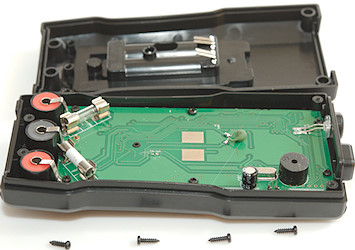
I had to remove the sleeve and four screws to open the meter.
Image may be NSFW.
Clik here to view.
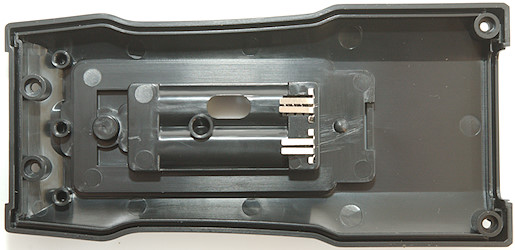
Image may be NSFW.
Clik here to view.
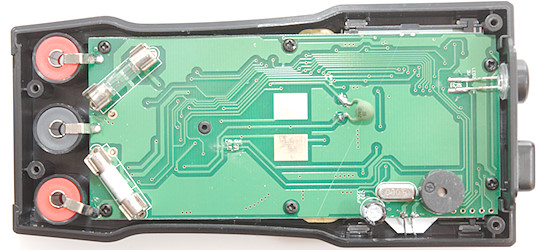
The circuit board is not shaped like the enclosure, but is just a rectangle. The NCV bulb is empty, the antenna is only the circuit board.
Image may be NSFW.
Clik here to view.

There was 6 screws holding the circuit board in.
Image may be NSFW.
Clik here to view.
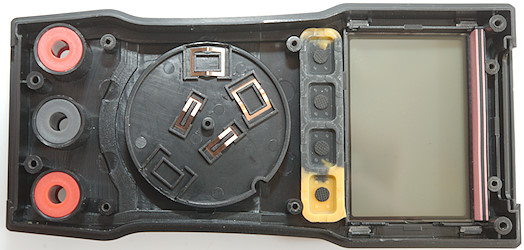
Image may be NSFW.
Clik here to view.
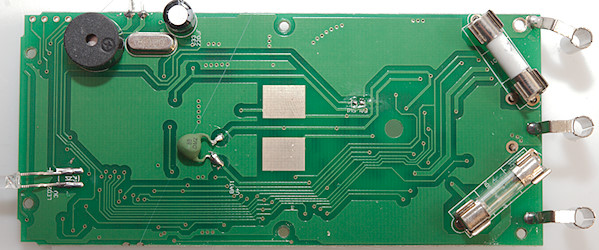
There is only a limited amount of parts on this side: The two fuses, a PTC for protection, the buzzer, crystal, capacitor and the flashlight led.
The two points marked SW1 & CAL is accessible from the battery compartment without opening the meter.
Image may be NSFW.
Clik here to view.

Image may be NSFW.
Clik here to view.
 Image may be NSFW.
Image may be NSFW.Clik here to view.
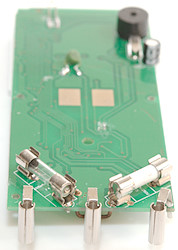
Image may be NSFW.
Clik here to view.

Image may be NSFW.
Clik here to view.
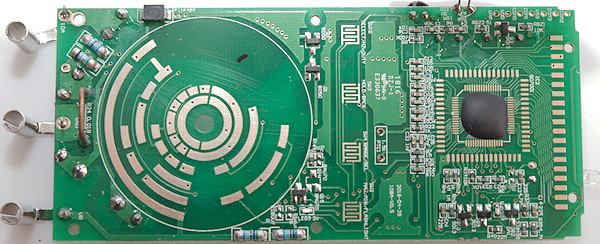
The meter is on this side. The current input has a wire shunt for the 10A range and next to it the 1ohm and 99ohm for the mA and uA ranges, they are protected with a TVS diode (D3). The voltage input has the usual 10Mohm input made from two 5Mohm resistors.
The ohm range uses the PTC and a transistor pair (Q1 & Q2) for protection, but do also have a sense path through a small SMD resistor (R7: 1Mohm).
The NCV antenna is at the top of the circuit board and has a high ohmic resistor (R40: 22Mohm).
Image may be NSFW.
Clik here to view.

Conclusion
As usual I do not believe the CAT rating, 250V fuses and a small SMD resistor on ohm input is not enough.
The meter looks very cost optimized, but it has a lot of functions, only mV is missing. The ohm position is rather busy with 6 selections.
Notes
This meter exist with many different names on it and small variations in functions.
How do I review a DMM
More DMM reviews
My website with reviews of many chargers and batteries (More than 1000): https://lygte-info.dk/
